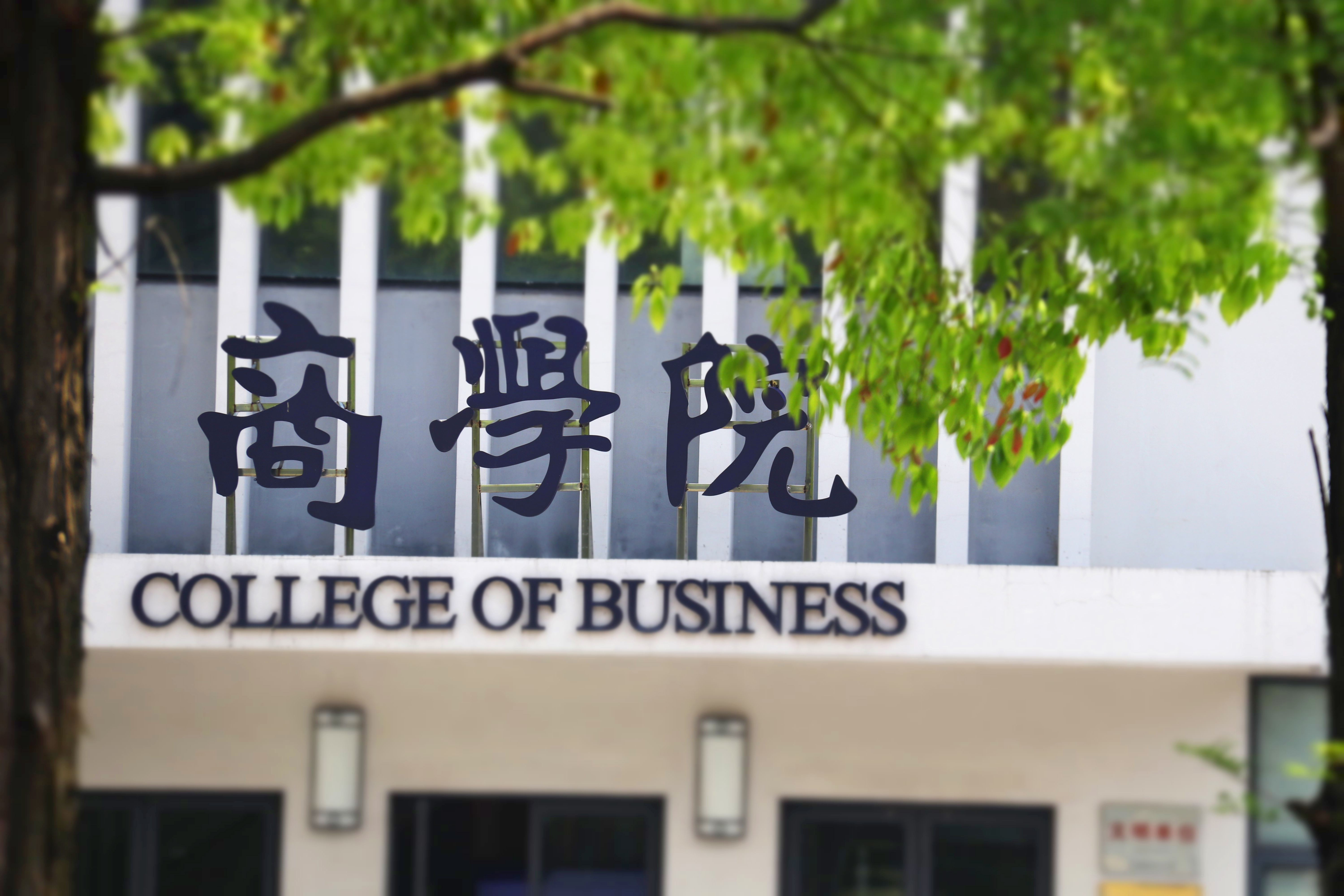Recently, the People's Daily Online Shanghai Channel held a seminar on "How Manufacturing Companies an Build Independent Brands through New E-commerce Models.” Regarding the future development space of new e-commerce models, Wei Hang, Dean of the School of Business at Shanghai University of Finance and Economics, stated that firstly, new e-commerce should consider how to promote people to spend money and how to increase everyone's income. Secondly, in this process, how can new e-commerce models stimulate people's potential needs? Thirdly, how can new e-commerce models help people spend their money wisely.
How manufacturing enterprises can create their own brands through new e-commerce models involves three key elements: e-commerce, manufacturing, and independent branding. The first keyword is "e-commerce", which is a space where people, goods, and scenes converge and match each other. In this process, it gathers a large number of resources, products, consumers, and data. Resources are predominantly reflected in service viewpoints, including logistics, financial, talent services, and so on.
The second key term "manufacturing" involves four core processes. The first is design, followed by production, sales, and delivery.
The final keyword is "self-owned", which has three key aspects. First, it is important to think about consumers and understand their needs. In doing so, it is essential to address product quality that consumers are looking for. Finally, it is crucial to provide products that meet the needs of Chinese consumers.
He used the illustration of cashmere coats illustrate that many foreign brands have designs that differentiate Chinese body types, making it difficult for Chinese consumers while shopping abroad. To cater to Chinese consumers' preferences, , it is essential to understand their characteristics to the context of their preferred colors and patterns. The emerging interest-based e-commerce models, such as Douyin e-commerce, logically provide a platform for matching people, goods, and spaces. It is an ideal place to gain consumer preferences and feedback on both products and services.
On the day of the conference, Yang Yuyong, the founder of the Three Goats brand, also came to share his experience. As a physical manufacturing company, itproduces cashmere products, which is not easy to cross over the e-commerce world. However, the emergence of new e-commerce models, Douyin, offered Three Goats the opportunity to "overtake from the side" such as content-based platforms. After joining Douyin e-commerce, Three Goats used their account "三只小山羊" to introduce professional knowledge of cashmere coats, and provided details on how to care for, store, and identify genuine products, directly communicating with consumers on the platform.
Wei Hang believes that China's significant improvement in manufacturing capabilities allows self-design, self-production, self-sales, and excellent delivery services throughout the process. Therefore, e-commerce promote the manufacturing industry in two ways: firstly, it stimulate existing consumption, and secondly, it increase new consumption. For instance, even if one did not have the need for a cup of coffee initially, now they can order one with just a click and have it delivered immediately.
Looking back, how can the new e-commerce model enable people to spend their money wisely?
Wei Hang believes that China should promote new e-commerce models and ensure healthy operation of entire industry, whether it be new models or currentintegration one. The government should strongly support these developments through policy measures, as long as they benefit people and enable a better quality of life. Under effective regulation, the government should promote e-commerce and the people's aspirations for a better life.
The second aspect is the desire to spend money. People are willing to spend money when they perceive convenience and quality control. Three core issues need to address in the new e-commerce model: firstly, how to capture changes in consumer demand quickly, and portray their needs. In this process, data-driven decision, consumer profile based data, and clear digital marketing are essential. Secondly, personalization. In the past, products were designed for the masses with a one-size-fits-all approach. However, this is no longer the case, and a "thousand people, thousand faces" approach may be needed. Thirdly, experience. Products are no longer just tangible goods, but are associated with strong sensory experiences. How can independent brands enhance this experience and ensure widely spread?
Wei Hang suggests that the future of e-commerce's new model lies in manufacturing and self-reliance, and there is huge potential for it. The era where one product or one brand dominates the market is over. Chinese-manufacturing brands have already reached a level where they can satisfy people's yearning for a better life.

